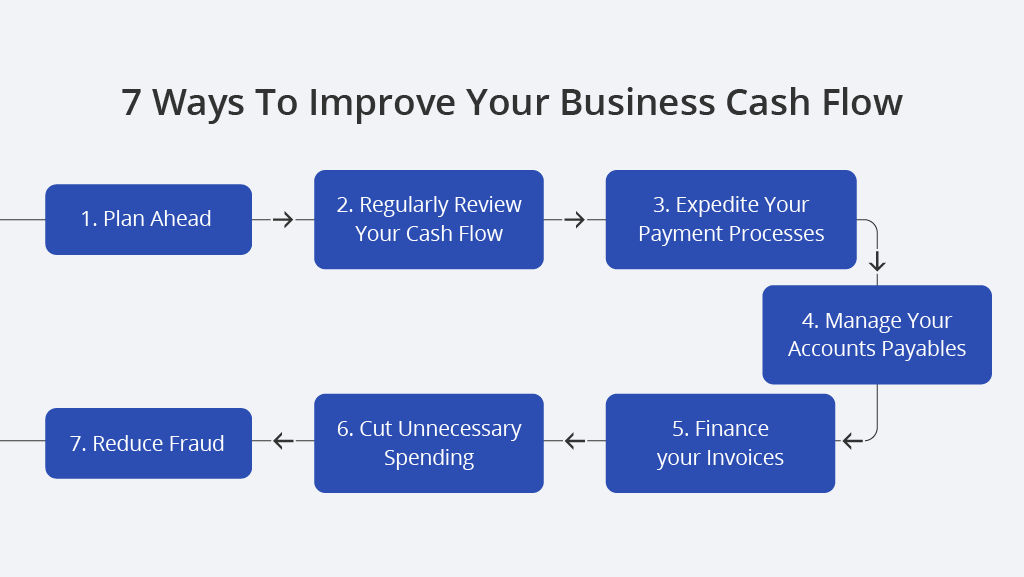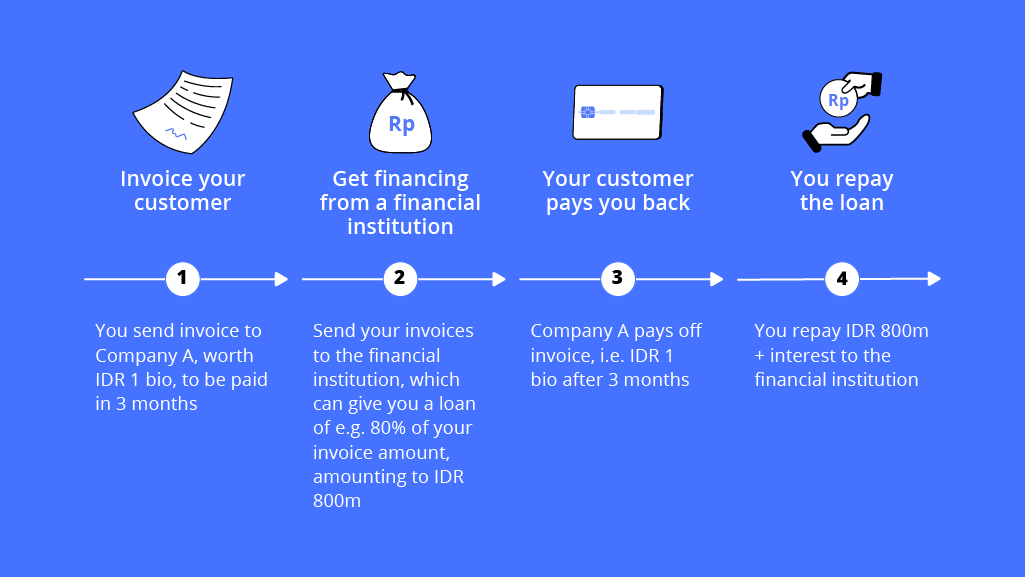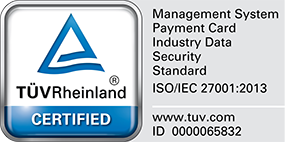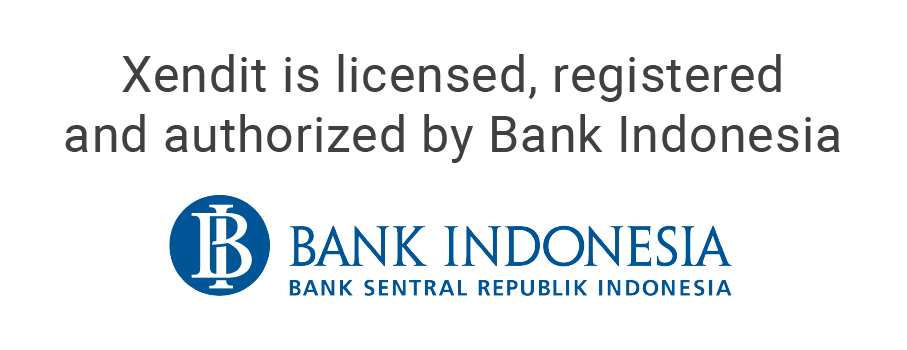Improving cash flow has become increasingly important for businesses, especially as the threat of economic recession continues.
Additionally, the growing impact of Covid-19 and ongoing inflation means many consumers and businesses are exercising caution over what they spend. A Nasdaq report revealed that most Asian currencies were subdued in the midst of recession fears and curbed risk-taking.
In this climate of uncertainty, it is necessary to maintain a positive cash flow to ensure you can meet your obligations and put your business in a much stronger position to cope with the challenges ahead.
How to Improve Cash Flow
At its most basic level, improving cash flow is about bringing in more money than you spend. To do this successfully, it’s important to manage your receivables and expenses. Here’s how:
1. Plan Ahead
The most important step for cash flow improvement is planning ahead and maintaining accurate forecasts. Start by analyzing your past invoices, receivables, and payments, then create a forecast based on that historical data.
To do this successfully, be sure to keep up-to-date records of your company’s overall financial status. Make a note of expected payments, clients, and expenses so you can integrate these into your future budgets as well. Put your financial priorities and plans in writing to help guide your decision-making efforts.
For example, a common business priority is to scale or increase sales. If this is the case, it may make sense to allocate significant resources toward sales, marketing, and product teams.
2. Regularly Review Your Cash Flow
To prepare for unexpected circumstances and economic uncertainty, you should aim to review your data, forecasts, and cash flow at least once a month to get an idea of your business’s financial health. Taking a proactive approach early on allows you to get on top of your expenses and invoices so you can meet and survive historically painful periods or seasonal trends.
3. Expedite Your Payment Processes
One important step to enhance cash flow is to improve your accounts receivables and stay one step ahead of outstanding invoices. Delayed payments risk putting your business into negative cash flow. Because of this, the goal should be to reduce the time it takes to get paid.
One way to encourage on-time payments from customers is to offer a discount for those that pay early. You may also want to offer flexible payment options to make paying invoices more convenient.
However, customers making their payments quickly may not be enough. For some payment methods (e.g. e-wallets, payments through retail outlets, cards, etc.), it could take a few days for funds to settle into your account–precious time when funds paid by customers are unavailable for use, tying up your cash flow.
In such situations, it may be wise to consider solutions that address that problem. One example is Early Settlement , which reduces processing time to zero and allows companies to receive funds instantly, available to be withdrawn immediately, for a small, pre-agreed fee. Xendit works together with a partner licensed by the Indonesian Financial Services Authority – Otoritas Jasa Keuangan (OJK) to offer this. Contact us to find out more.
4. Manage Your Accounts Payables
Organizing your accounts payables process is essential for keeping on top of your payments and reducing debts. Encourage your accounting team to use software to manage accounts and prioritize the most important expenditures.
Consider negotiating with vendors and business partners to extend payment terms, giving you more time to bring money into the business.
5. Finance your Invoices
Using financing options can be helpful in running a business. There are an infinite number of reasons you might seek out additional funds. You could be launching new products, hiring talented professionals, purchasing new equipment, or investing in different projects.
If your business is aiming to scale aggressively, invoice financing can help facilitate that. This is useful typically for B2B companies that are subject to longer terms of payments, such as 90 days, which is quite standard.
Invoice financing uses the invoices you have sent to your customers as a basis for providing financing up to a certain percentage of the invoice amount. This effectively speeds up the inflow of funds to your business while waiting for customers to make their payments.
There are many financing options out there, but not all of them are the same. Some have high interest rates, while others might not match your current business requirements. Some may even be unregulated and may pose risks to your business.
This is why it is important to choose a reputable financing option that is licensed by the Financial Service Authority – Otoritas Jasa Keuangan (OJK), and as such their business activities are strictly supervised by the OJK. Xendit works together with partners licensed by the OJK to provide such an invoice financing option, with fast, flexible payment options tailored to your specific needs. Contact us to find out more.
6. Cut Unnecessary Spending
Cutting waste is necessary to reduce expenses. Even relatively small amounts can add up over time, leading to serious cash flow problems. Examine your existing processes and identify areas where waste is an issue. This could include unsold inventory, unnecessary equipment, employee expenses, too much office space, third-party services, or suppliers that are no longer necessary.
It can be difficult to set aside the time and resources to track expenses at a mid-sized organization, so invest in accounting software to streamline operations and simplify payments.
7. Reduce Fraud
Fraud can take many forms including unauthorized access to company accounts, sensitive data being leaked, or data breaches. Fraud is a growing problem for many businesses, and reducing it is essential in maintaining control over your cash flow. Fraud is also becoming more sophisticated. An organization with different teams and departments can present an additional challenge in tracking and monitoring unauthorized use of company funds.
A 2022 survey by PriceWaterhouseCoopers (PWC) reported that 46% of companies experienced fraud, corruption, and economic crime. Its research also showed that external threats are on the rise. This highlights the widespread problem of fraud, and how quickly it can get out of control if steps are not taken to prevent it.
This is why it is important to limit the number of employees who can access company accounts. Developing a system for tracking transactions is also essential. Introduce a system of checks and balances into your company, so all expenses and payments are signed off by dedicated senior managers or accountants. Also, protect your IT infrastructure to prevent hackers or unauthorized personnel from accessing your accounts.
Xendit has a specialized fraud detection system to help monitor transactions, verify user identities, and block risky payments. Our methods rely on machine learning and heuristics to understand your business processes and maintain security.
The Bottom Line
The key to successful cash flow management is to plan ahead and monitor your company’s receivables and payables. But this process of tracking taxes, payments, invoices, and other financial information can be challenging and expensive, diverting valuable resources from your teams. You may want to invest in software that automates many of these activities, providing you with accurate information about your company’s financial health.
In addition, you can consider accelerating the inflow of funds from your accounts receivables. If you’d like to explore invoice financing or early settlement of funds through OJK-licensed financial institutions, contact us to find out more.















